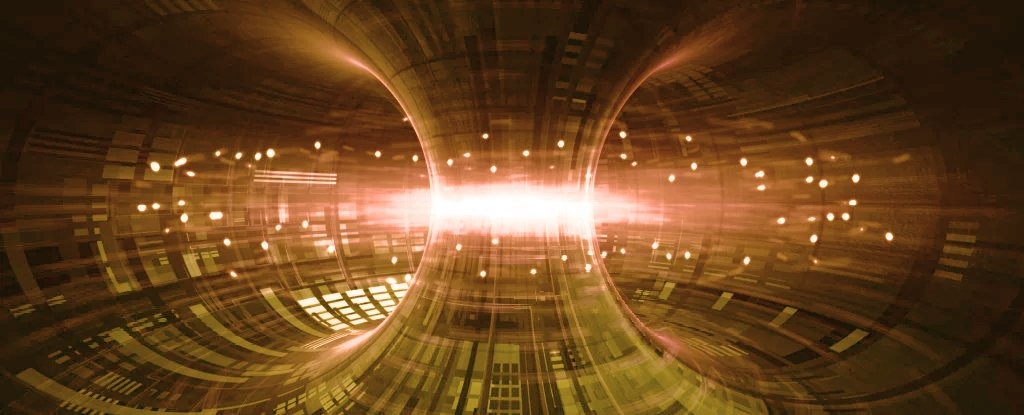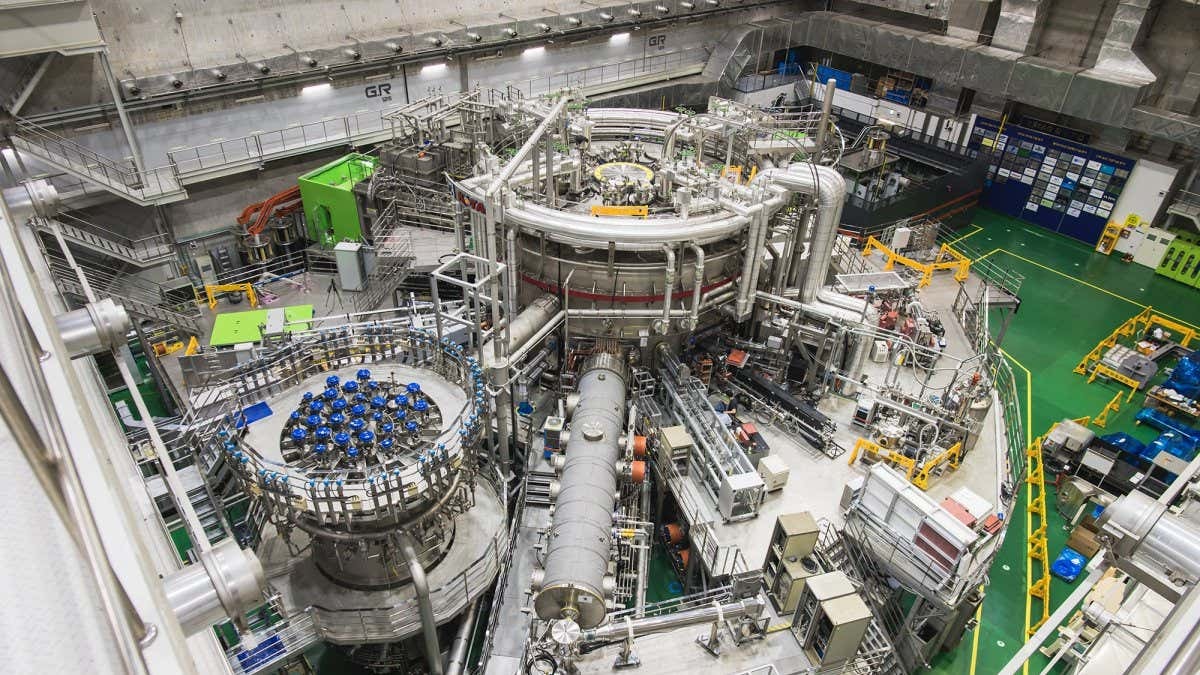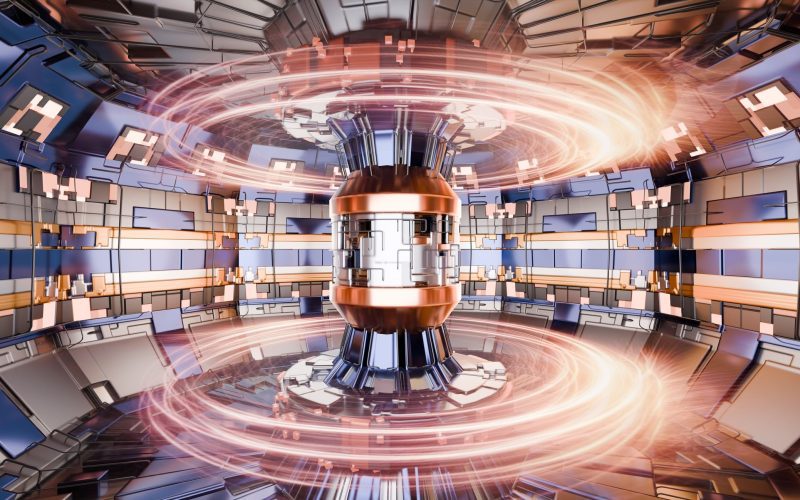Hey everyone! Big news from South Korea – their fusion reactor just made history! Running plasma at a scorching 100 million degrees Celsius for a staggering 48 seconds, seven times hotter than the Sun! Can you believe it? This breakthrough is a major leap towards achieving nuclear fusion, a clean and boundless energy source straight from the stars.
A Remarkable Achievement: South Korea’s Fusion Reactor Breakthrough
South Korea’s fusion reactor, located at the National Fusion Research Institute (NFRI) in Daejeon, has achieved a remarkable feat. The reactor, named KSTAR (Korea Superconducting Tokamak Advanced Research), successfully sustained plasma at an unprecedented temperature of 100 million degrees Celsius for 48 seconds. This achievement, seven times hotter than the Sun’s core, marks a significant milestone in the quest for nuclear fusion as a sustainable energy source. The reactor’s performance heralds a new era of clean and boundless energy production, offering hope for a greener future.

Enhancing Reactor Components: Tungsten Divertor Upgrade
One of the key factors contributing to South Korea’s fusion reactor success is the upgrade of its divertor to tungsten. The divertor is a crucial component responsible for handling exhaust heat and impurities in the plasma. By upgrading to tungsten, known for its high melting point and superior heat resistance, the reactor’s divertor can withstand the extreme temperatures generated during fusion reactions more effectively. This upgrade has significantly improved the reactor’s performance and durability, enabling it to achieve record-breaking plasma temperatures and durations.
Achieving Stability: Super-Efficient ‘H-Mode’
In addition to the divertor upgrade, South Korea’s fusion reactor has achieved remarkable stability through the implementation of a super-efficient ‘H-mode’. The ‘H-mode’, or high-confinement mode, allows for sustained plasma confinement and stability, crucial for prolonging fusion reactions and maximizing energy output. By optimizing plasma control mechanisms, such as magnetic fields and heating systems, South Korea has overcome one of the major challenges in fusion research. This breakthrough has led to unprecedented levels of plasma stability, contributing to the reactor’s impressive performance.
Setting Ambitious Goals: Aiming for 300 Seconds by 2026
But they’re not stopping there. South Korea has set its sights on reaching 300 seconds of sustained plasma operation by 2026 – talk about aiming high! This ambitious goal is part of South Korea’s long-term strategy to advance fusion research and develop practical fusion energy technologies. Achieving 300 seconds of stable plasma operation would be a significant milestone, demonstrating the viability of fusion energy as a reliable and sustainable power source. Here’s to more groundbreaking discoveries that’ll light up our world with sustainable energy.

South Korea’s ambitious goal of achieving 300 seconds of stable plasma operation by 2026 demonstrates their unwavering commitment to pushing the boundaries of fusion research. With each milestone achieved, the dream of harnessing the power of the stars to meet humanity’s energy needs draws closer to reality. This relentless pursuit of innovation and progress holds the promise of a brighter, cleaner, and more sustainable future for generations to come.
FAQs:
What is South Korea’s goal for stable plasma operation by 2026?
South Korea aims to achieve 300 seconds of stable plasma operation by 2026, a significant milestone in fusion research.
How is South Korea advancing fusion technology?
South Korea is investing in research and development efforts to improve reactor design, materials, and plasma control mechanisms, bringing commercial fusion energy production closer to reality.
What temperature did South Korea’s fusion reactor achieve?
South Korea’s fusion reactor achieved a temperature of 100 million degrees Celsius.
How long did the reactor sustain this temperature?
The reactor maintained this temperature for 48 seconds, a groundbreaking achievement in fusion research.
Conclusion: A Bright Future Powered by Fusion Energy
South Korea’s fusion reactor accomplishment represents a huge step toward creating clean and limitless energy. With plasma temperatures reaching 100 million degrees Celsius for 48 seconds, this achievement breaks all previous records. As South Korea aims for 300 seconds of continuous plasma activity by 2026, we are on the edge of a brighter, cleaner, and more sustainable future fueled by fusion energy. Let us welcome this historic event and accept the possibilities it provides for future generations.











